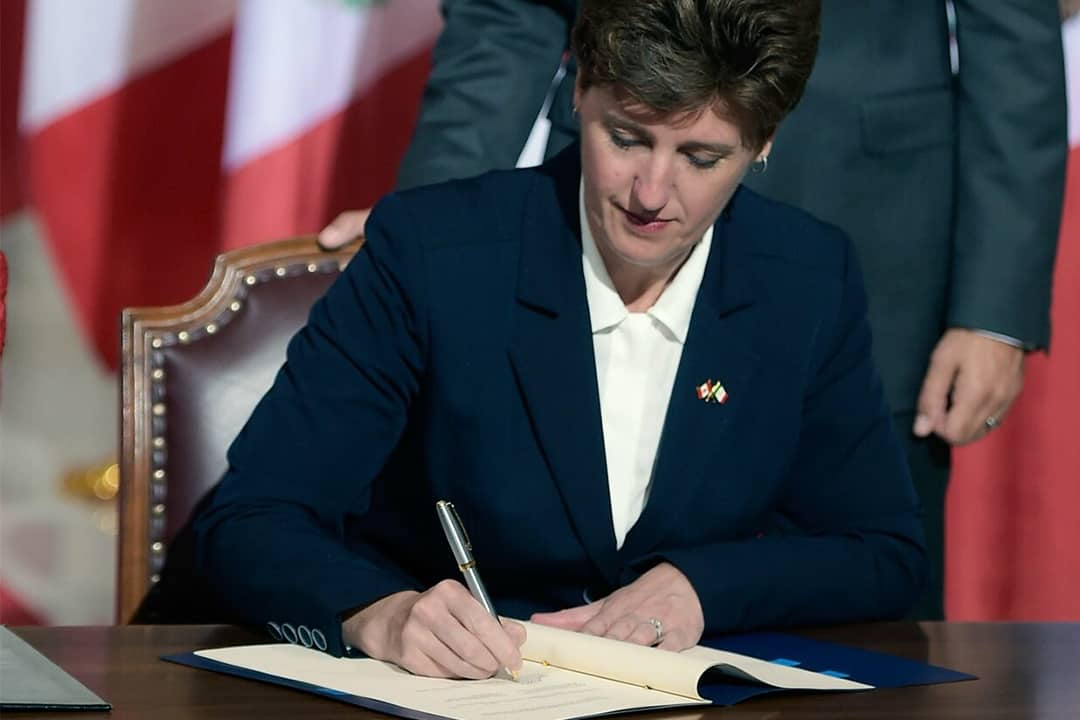In 2017, Canada’s Liberal government launched its Feminist International Assistance Policy (FIAP). The initiative aimed to reduce global poverty by empowering women and girls to gain financial freedom. Seven years later, however, it’s tough to say whether this policy has genuinely alleviated international gender inequality and whether the government’s result-based methods of assessing aid efficiency are transparent and accurate.
It’s unclear how to gauge the efficacy of Canada’s FIAP, given that the mere provision of financial aid doesn’t guarantee the recipient effectively uses those financial supports. If the goal is to enact long-term structural change, government assistance must extend beyond the financial. Although funding is a start, it is only helpful insofar as it is allocated according to the needs of aid recipients. Whether Canada is currently doing so is debatable, as the progress metrics the government has employed to measure the FIAP’s impact reveal little about how funds are used on the ground.
We’re generally aware of which programs government funding is going toward, but the general population knows little about how these services practically impact the lives of the programs’ recipients. This is because the government has historically relied on results-based assessments of aid efficiency rather than acquiring feedback directly from recipients.
A project like the FIAP — whose funding constituted 93 per cent of Canada’s international development investments in 2020–2021, according to the Government of Canada’s International Assistance Report — warrants greater accuracy when reporting its outcomes.
The issue with a results-based approach to measuring gender equality is that its scope is inherently limited. When only factoring in quotas, such as the number of women in the workforce, it’s easy to infer progress without grasping the bigger picture. This metric’s underlying assumption is that women’s increased participation in corporate and political settings implies that they’ll benefit from this increase.
This premise shouldn’t be taken for granted. Gender inequality exists within a larger cultural context and instrumental strategies fail to address the root causes of systemic discrimination. For instance, a higher number of working women doesn’t indicate legitimate progress if they’re either not granted maternity leave or lack financial literacy. In this sense, limiting outreach to monetary support can be somewhat of a band-aid solution, especially when using result-based aid assessments.
A better means of recording aid efficiency would be the “country systems model,” in which the donor applies a recipient country’s own systems and institutions to measure the effectiveness of foreign aid — as opposed to using the donor’s own domestic standards. When paired with direct feedback from aid recipients, this framework offers a better understanding of how FIAP tangibly impacts the quality of life.
It’s worth noting that although the federal government uses a participatory method by maintaining in-depth contact with stakeholders who aid the donation process, this is restricted to meetings with only these stakeholders. Moreover, both the recipient selection process and feedback integration method lack transparency — assuming that the feedback is integrated at all.
Interestingly, the aforementioned 2020–2021 International Assistance Report cites one of the policy’s main goals as “supporting evidence-based policymaking.” But this so-called evidence of foreign aid doesn’t appear to be coming from the women we claim to be advocating for.
My concern is that if we don’t hear from recipients, we’ll have no choice but to depend on the conclusions drawn by government officials. While not technically incorrect, this quantification of social progress is only surface-level and doesn’t account for existing power dynamics.
To add to the confusion, the federal government hasn’t offered a coherent definition of the feminism it seeks to implement. While the language of gender equality features prominently in the initial commission, the feminist label is ultimately adopted as a one-size-fits-all all. It’s difficult to deliver on the promise of feminist values without clarifying what these values entail, especially on an international scale.
There’s no denying that Canada’s FIAP has been successful in identifying areas that require funding, but we can’t ignore the policy’s ambiguity. Efforts to report on progress in target areas are undermined by the use of inaccurate growth metrics, which are then aggravated by the absence of reliable feedback. Though I commend Canada’s commitment to mitigating global gender inequality, there remains much to be done. By centring the lived experiences of women in the nations the FIAP projects operate in, we can envision a more collaborative future for international policy.
Emma Dobrovnik is a third-year student at St. Michael’s College studying political science and criminology. She is a Director of Mentorship for the Association of Political Science Students and an International Affairs columnist for The Varsity’s Comment section.



No comments to display.